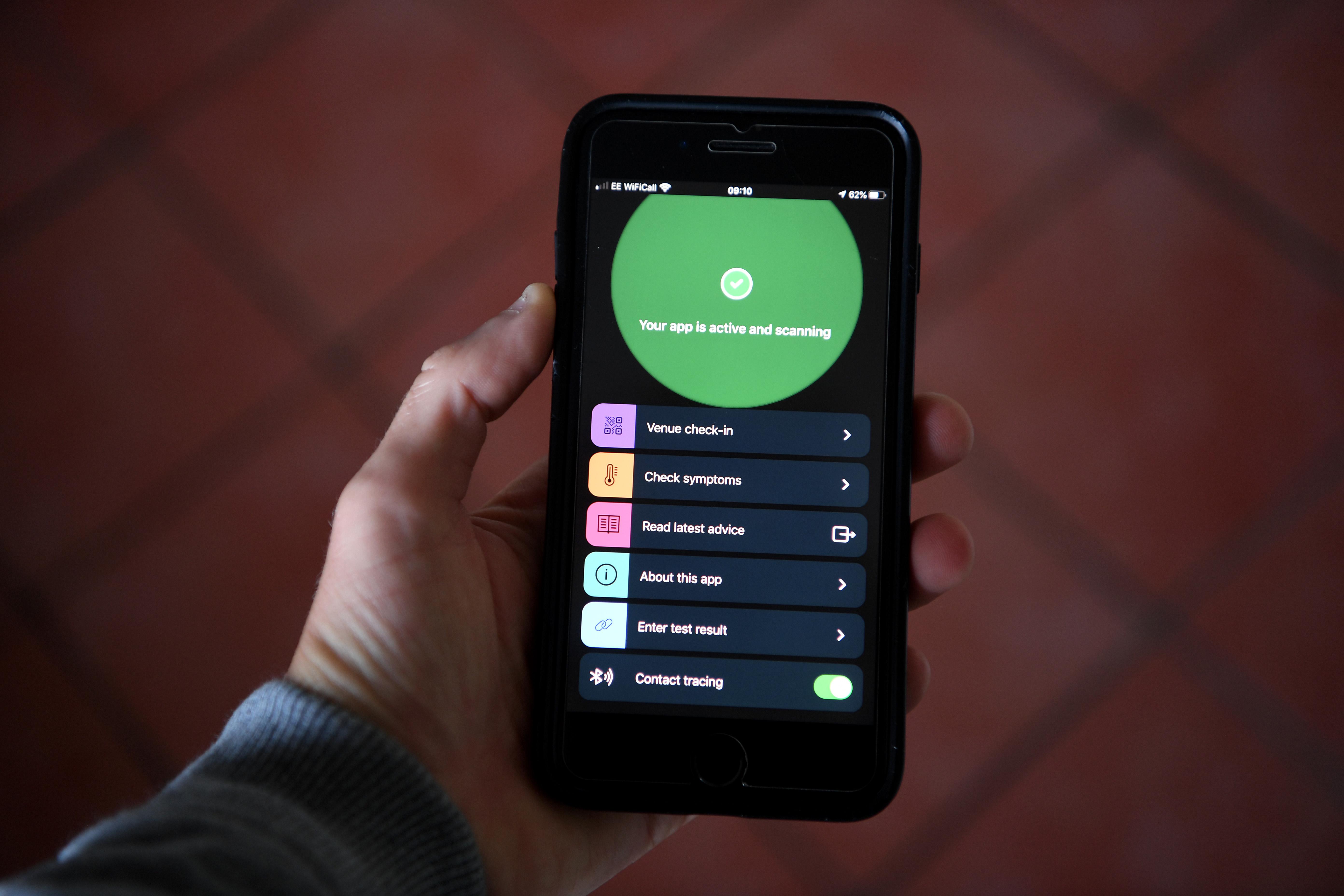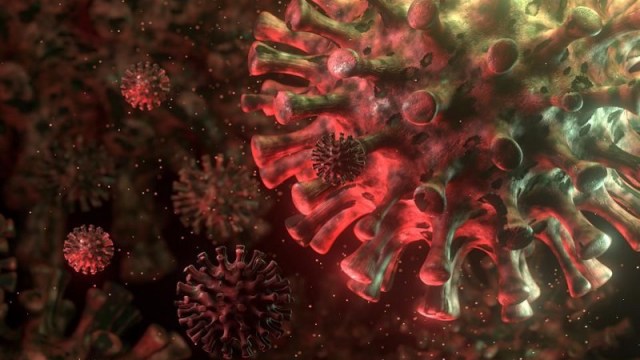Harvard group: Here’s how the U.S. economy can reopen by August

Photo by Erik Mclean on Unsplash
- The three key parts of the plan are testing, contact tracing, and supported isolation.
- The report calls for significantly increased COVID-19 testing, as well as the creation of a centralized Pandemic Testing Board with “strong but narrow powers.”
- The plan would play out over four phases, the first of which involves stabilizing the essential workforce and prioritizing testing for these individuals.
The U.S. can reopen its economy by August 2020 — if it makes a massive investment in public health infrastructure and follows a three-part plan designed to put all Americans safely back to work.
That’s the projection outlined in a new report titled “Roadmap to Pandemic Resilience,” authored by a bipartisan group of economists, technology and public health experts, and ethicists at Harvard University’s Edmond J. Safra Center on Ethics. The report describes COVID-19 as a “profound threat” to American democracy, comparable to “the Great Depression and World War II.”
“What we need to do is much bigger than most people realize,” the report states. “We need to massively scale-up testing, contact tracing, isolation, and quarantine—together with providing the resources to make these possible for all individuals.”
The report estimates this plan will cost $50 to $300 billion over two years. This amount, the authors write, is “dwarfed by the economic cost of continued collective quarantine of $100 to 350 billion a month.” What’s more, the economic costs of reopening the economy too early or in an unsafe way are similarly massive, and doing so could mean having to keep the economy closed for even longer.
So, to reopen as safely and swiftly as possible, the report proposes three strategies: testing, tracing, and supported isolation — or TTSI.
Testing is the first and arguably most important step. Without it, we can’t trace the movements of infected people to determine whom they’ve contacted, and we can’t tell who needs to be isolated in self-quarantine.
“We need to deliver 5 million tests per day by early June to deliver a safe social reopening. This number will need to increase over time (ideally by late July) to 20 million a day to fully remobilize the economy.”
As of April 22, about 151,000 Americans are being tested for COVID-19 per day. States are working to increase testing, but the process would be faster with more centralized coordination, Danielle Allen, director of the Edmond J. Safra Center on Ethics, told MSNBC.
That’s why the report calls on the federal government to create a Pandemic Testing Board “with strong but narrow powers that has the job of securing the testing supply and the infrastructure necessary for deployment of testing.”
With widespread testing, health officials would be better able to trace the spread of the virus. One way to trace the virus is to manually contact those who might have been exposed. Another method is to create an opt-in, GPS-based smartphone app that alerts people if they recently came close to someone who tested positive for COVID-19, similar to the system that South Korea has used to corral the virus. (Understandably, this strategy comes with no shortage of privacy concerns.)
Of course, people who test positive still need to isolate themselves. To succeed on a large scale, the report calls for self-isolation to be supported “with job protections, resource support, and health care.”
The report says these three strategies — TTSI — would help the U.S. reopen its economy over four phases:
- Stabilize essential sectors (prioritize testing for them)
- Expand essential workforce (retrain nonessential workers to supplement essential workers)
- End economic misery from collective stay-at-home orders
- Reopen most activity and stay open.
“Throughout all four phases, research and development of both therapeutics and vaccines should proceed aggressively with the goal of accelerating the transition to phase 4 and hopscotching over the intermediate phases,” the report states.
If the report’s projections are accurate, the U.S. economy could be fully and safely reopened by August. But even if the plan succeeds, it’s unlikely that life will return to business as usual by that point — Americans would still probably be advised to wear masks in public spaces and avoid large gatherings.
The biggest roadblock for a plan like this, of course, is getting Congress or the Trump administration to support it. After all, doing things like ramping up COVID-19 testing will likely require the president to use the Defense Production Act of 1950, which authorizes a president to force private companies to accept and prioritize contracts for materials deemed necessary for national defense.
Allen likened these government-mobilization efforts to past U.S. economic recovery programs.
“You can think of it as a Marshall Plan. You can also think of it as Eisenhower’s highway infrastructure, building all those great roads across the country,” Allen told ABC News. “What we really need is for the federal government to set up a pandemic testing supply board that will coordinate the supply chain and achieve that massive ramp up as quickly as possible.”






